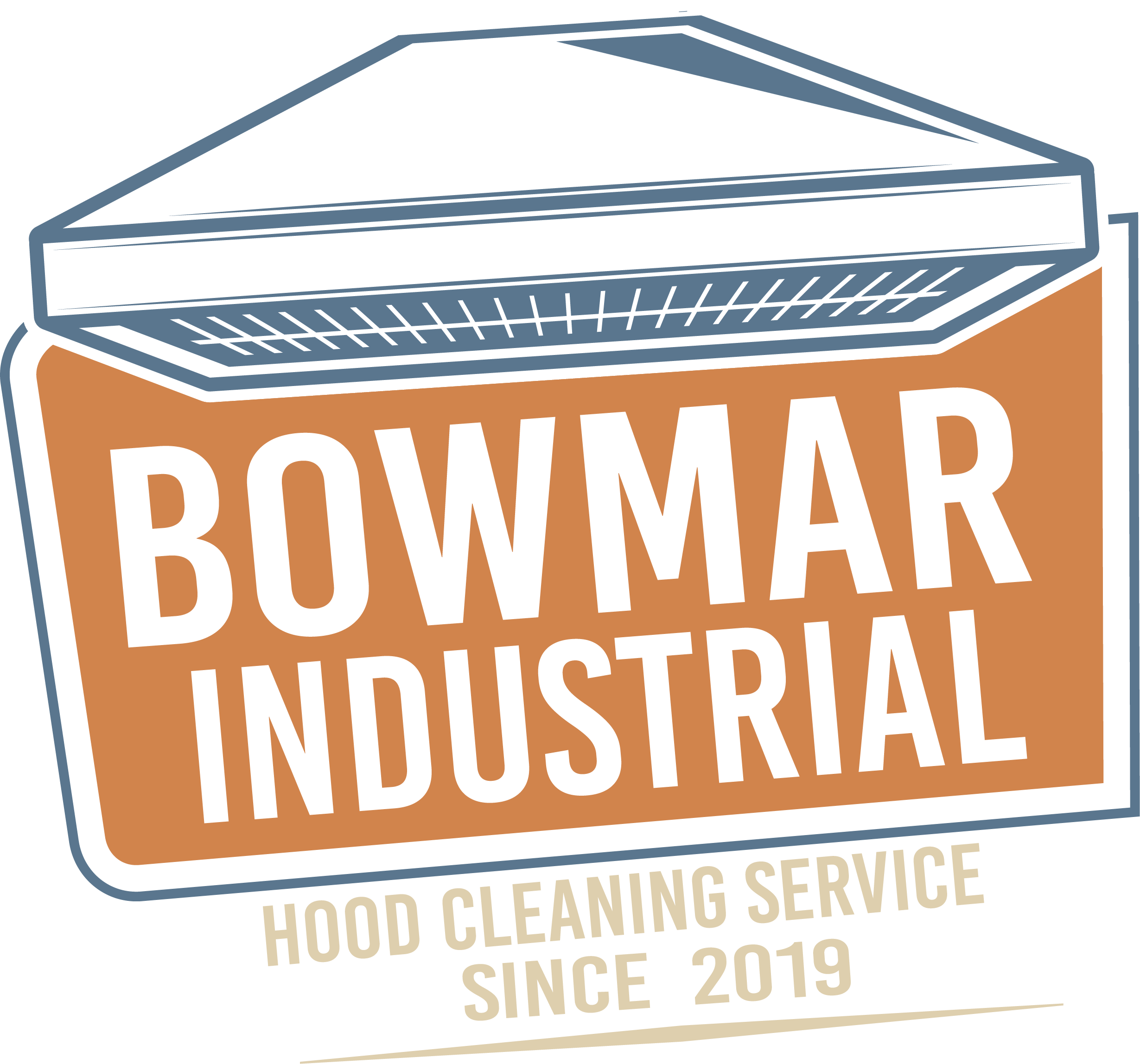The wrong fire extinguisher mistake can cost you more than just a fine. It could shut down your restaurant. According to the National Fire Protection Association, proper fire extinguisher maintenance and selection are critical for restaurant safety. As a Texas restaurant owner, avoiding these three critical errors is essential for keeping your business open and your staff safe.
1. Using the Wrong Class of Fire Extinguisher
Restaurant kitchens need specific fire extinguishers for different hazards. The NFPA 10 Standard for Portable Fire Extinguishers establishes strict requirements for commercial kitchens. Using the wrong class can worsen a fire or leave you defenseless when you need the protection most.
For commercial kitchens, the Texas Department of Insurance requires Class K extinguishers within 30 feet of any commercial cooking equipment. These specialized units contain a low pH potassium acetate solution specifically designed for high-temperature cooking oil fires. Additionally, standard ABC extinguishers must be positioned in dining areas and general spaces, as specified in Texas Administrative Code Chapter 34.
For specialized equipment involving combustible metals, OSHA Standard 1910.157 mandates that Class D extinguishers must be readily available. Understanding these distinctions is crucial, but proper extinguisher selection is only the first step in maintaining compliance.
2. Skipping Monthly Inspections
Even with the correct extinguishers in place, the Texas State Fire Marshal’s Office conducts unannounced inspections throughout the year. Monthly inspections aren’t just good practice; they’re required by law under Texas Local Government Code §352.016.
Your monthly inspection protocol must verify proper pressure gauge readings and check for physical damage. The Texas Department of Insurance requires documentation of these inspections, which must be maintained for at least one year. Fire marshals will review these records during inspections, and gaps in documentation can result in citations.
Furthermore, each inspection must also verify that extinguishers are properly mounted, easily accessible, and clearly visible. Proper mounting height, unobstructed access, and visible location signage are crucial elements that fire marshals check during their visits. These requirements ensure that staff can quickly locate and access fire extinguishers during emergencies. However, monthly inspections alone won’t keep you compliant without proper annual servicing.
3. Neglecting Annual Maintenance
Beyond regular monthly checks, the Texas Administrative Code (TAC §34.520) mandates annual professional maintenance. This requirement ensures your fire protection equipment will work when you need it most. Professional servicing includes comprehensive testing of all components, internal cylinder inspection, and certification updates.
In major Texas metropolitan areas like Austin and San Antonio, local fire codes align with the International Fire Code standards. Violations can result in significant fines and potential business closure until compliance is verified.
Specifically, annual maintenance must be performed by licensed technicians who will conduct a thorough examination of each extinguisher. This includes checking the shell for corrosion, testing the discharge mechanism, examining seals and tamper indicators, and verifying the proper weight and pressure of the extinguishing agent. These detailed inspections help ensure your fire protection equipment will function correctly during an emergency.
Protect Your Restaurant Today
Given these critical requirements and potential consequences, don’t wait for a fire marshal’s visit or emergency to discover your fire extinguishers aren’t compliant. Bowmar Industrial Services provides comprehensive fire safety solutions aligned with current NFPA standards and Texas regulations. Our USAKE-certified technicians ensure your fire protection meets all requirements through detailed inspections, professional maintenance, and proper documentation.
Contact us at (512) 861-5841 or fill out our form to discuss your fire safety needs.




